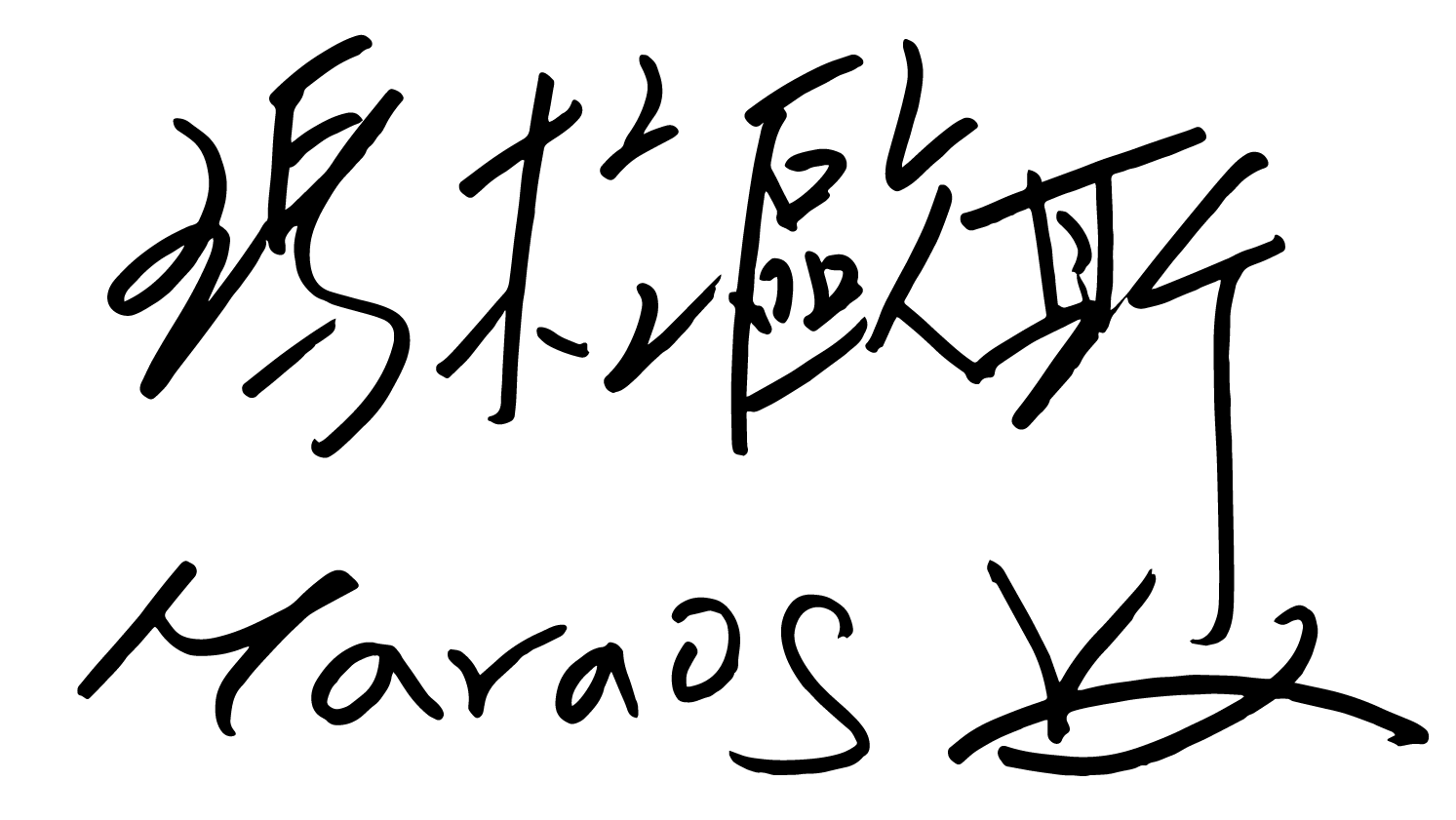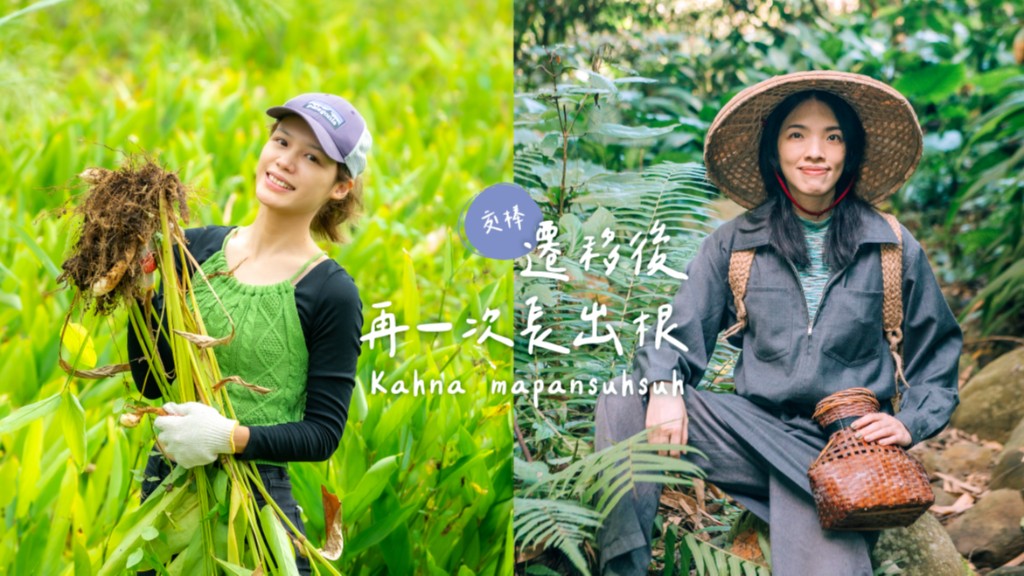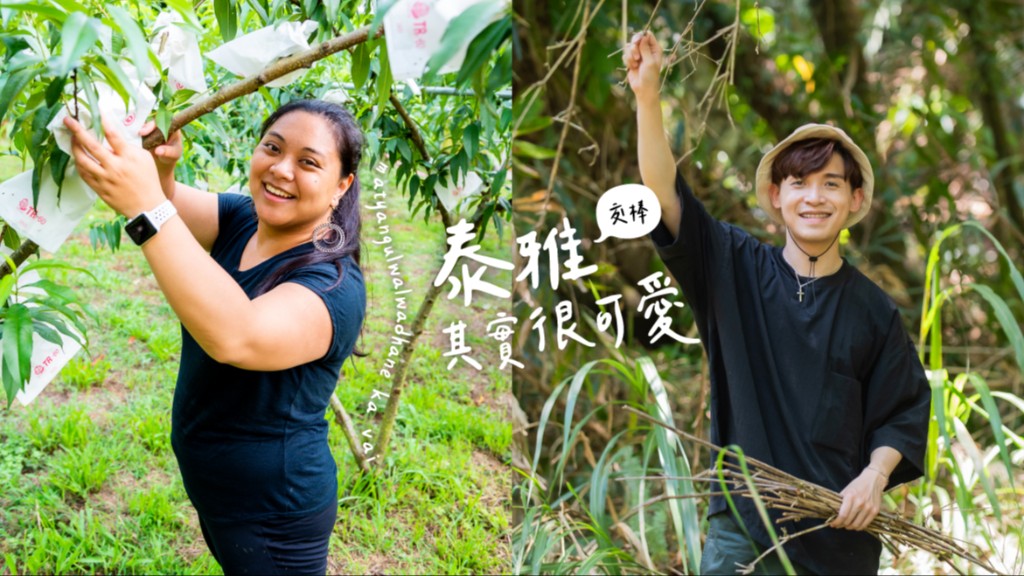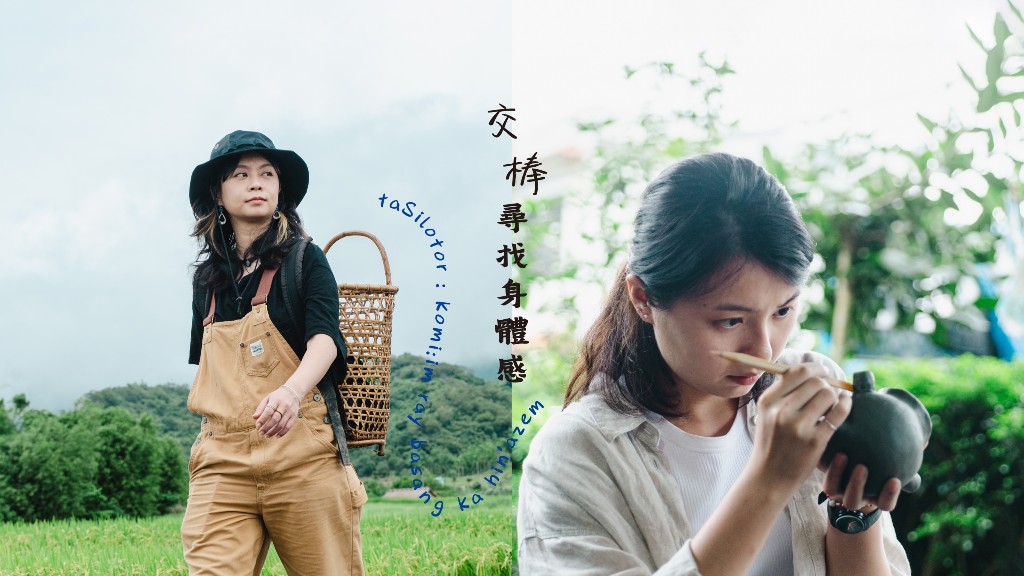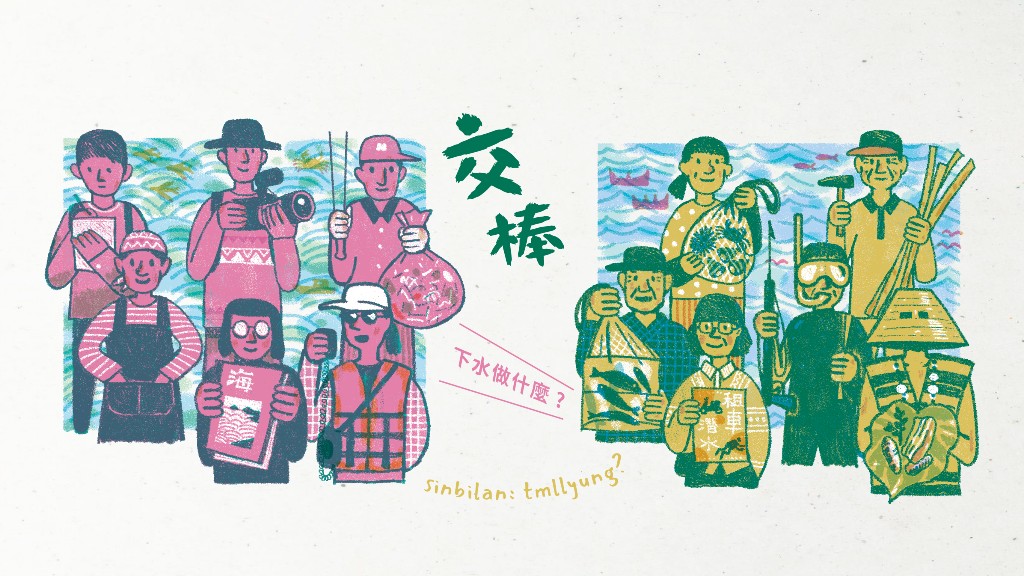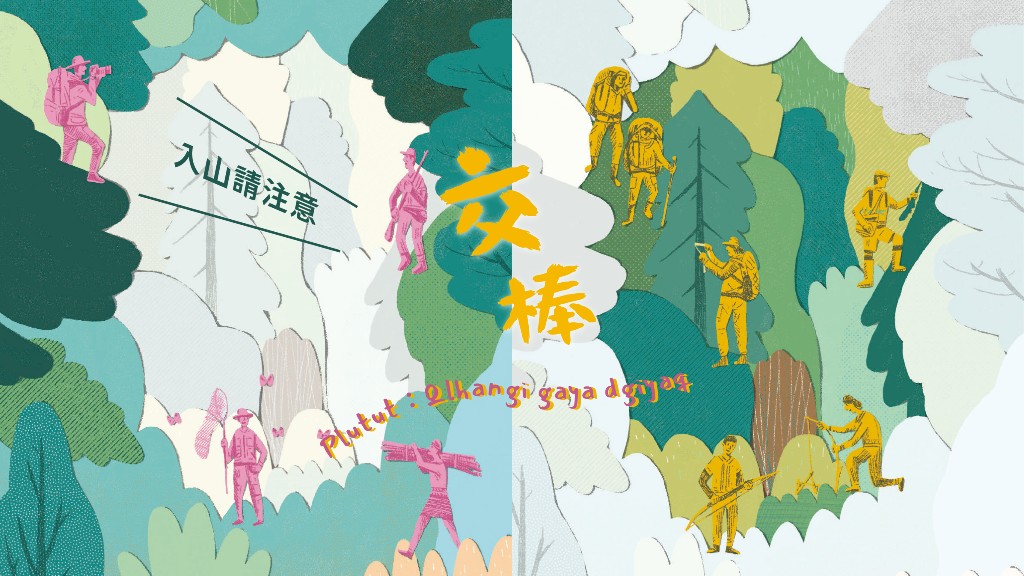o iweywawalam no yancomin am miamoamoon a tengen no tao, a pangozayan do kabedbedan a pimasaodan no tao, makma so makdeng a vakong no koka, a patozakan so iweywawalam no tao, a patoawan so kararalay no ineynapo no kakoa. neymakdeng na am, o pipeypangayan no ya mapo do iweywawalam a aktokto no tao ya, na pacizagoman no maoran no karatayan, panaralayan, pimeymasaodan, madaday ori ya , kakepkepan no pangaktoktowan no tao no kakoa.
ya teyrako o na pipakatkatan no makakaday a vazay sicyakoa ya, na rana ikablis no pannaknakman no tao, a ya komalala so pipeypangayan no pamaremarengan so kanena a iweywawalam. ano makdeng a omnakenakem so iweywawalam no yacomin am, o panlanlagan rana ya am, ikepkep so nakem no makeykeylian, ori o ji tamo balinasi so iweywawalam.
ano macinanao do iweywawalam o ya mivahay do rako a ili a yancomin am. tomalilis sira a mangay do kakahasan aka do wawa, a omamizing so cireng no ineynapo no kakoa, nakenakmen o nipakoyokod da do kataotao a ciriciring, ipakatengen do sazapen a vazay, ori o ipipakatkat no kazwayan do karawan.
ipatak o karo no tao a makacita so iweywawalam no yacomin am,da paciraing no yanbonkay do tizibi o makakaday a vazay no yancomin, ipakacita da sia no mitoktok do pongso a tao, so iweywawalam no yancomin. aka ji na zavatan no patwawen a vazay do tizabi ya, ala makawyowyat namen pa a mapatowaw so pamaremarengan so kanen a iweywawalam no mikazasizasing a tao.
Indigenous rituals, which are accumulated wisdom, and have dictated everyday-life norms as binding as laws, have established the sanctity of ritualised processes of behaviour and demonstrated indigenous peoples’ deep reverence for ancestors. More importantly, the cultural repertoire of ritual practices reflects vividly and comprehensively the indigenous peoples’ outlook on life including attitudes towards ecology, religion, and life knowledge, which are the core of the knowledge system of ancient civilisations.
However, in this modern, fast-paced society, the changes in social structure and value orientation have stigmatised religious rituals as superstitious manifestations. If people probe into the indigenous cultures, they will realize that the existence of rituals can, in effect, maintain community order and security, morals and norms, and community solidarity. As a result, rituals should be protected, not abolished, nor simplified.
If the indigenous peoples dwelling in cities want to learn about indigenous rituals in daily life, they need to go to a different place and experience some stimuli. For instance, they can go mountain climbing in suburbs, or swimming in coastal areas. By so doing, they can reflect upon themselves, their roots, and ancestors. Thus, they will be able to identify approaches and spaces appropriate to follow indigenous practices, so as to keep their identity and culture in mind. Amid the hustle and bustle of metropolises, they will eventually be proud of who they are.
To help the indigenous peoples get to know their culture regardless of where they are, the Indigenous Peoples Cultural Foundation provides the latest information via news services, documentary programmes, and subsidised art. At the same time, the IPCF also makes the wisdom of indigenous communities known to the world outside, so that more people will learn about and recognise the beauty of indigenous cultures. As the major mass media broadcasting news about indigenous communities, we will continue to dig deep into indigenous humanities and revitalise our cultural heritage!
Panirsirngen do yanbonkay
Chairman of the Indigenous Peoples Cultural Foundation
